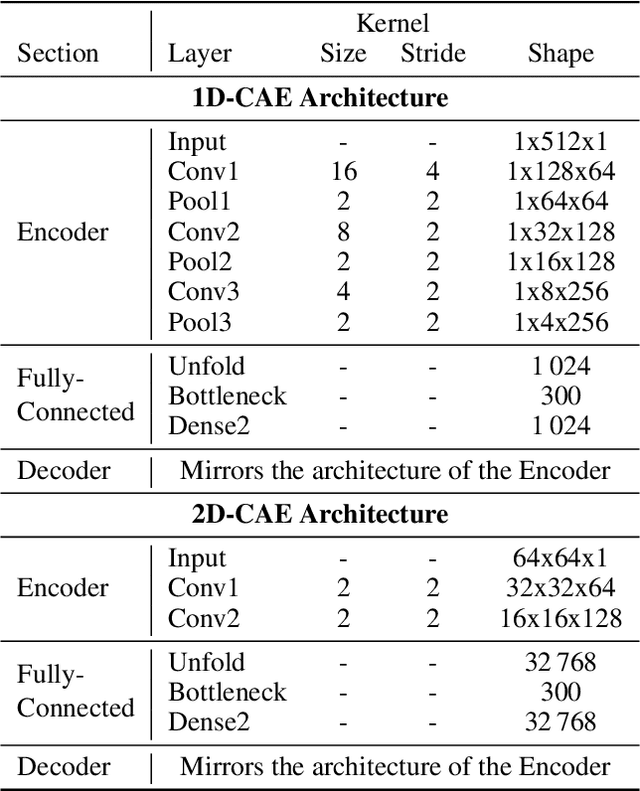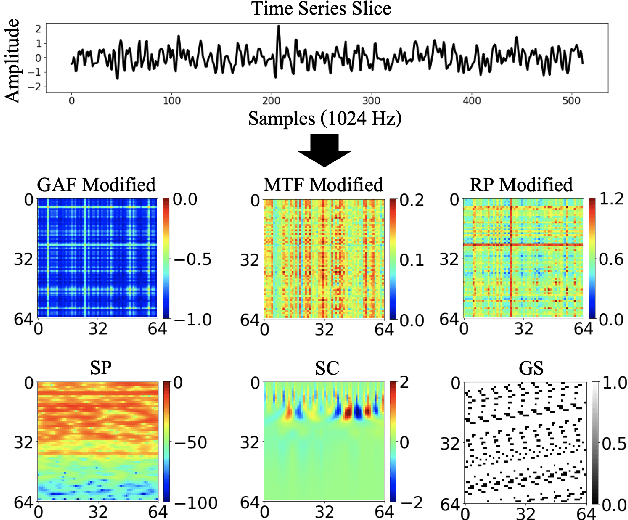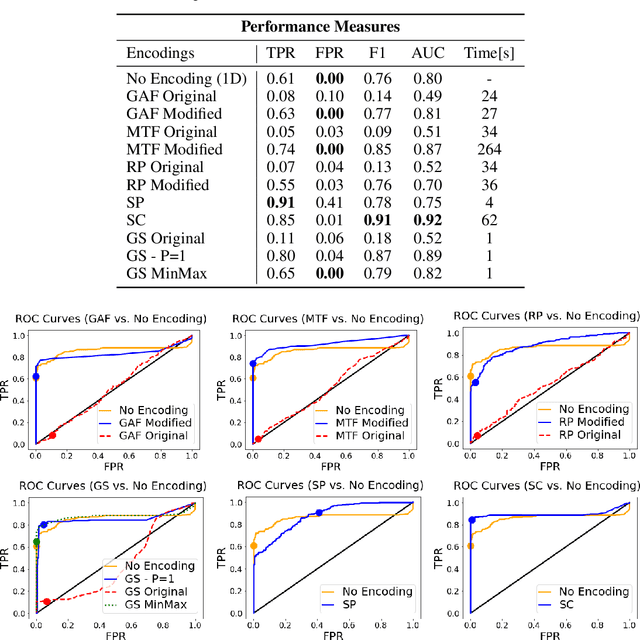Gabriel Rodriguez Garcia
Decision Support System for an Intelligent Operator of Utility Tunnel Boring Machines
Jan 08, 2021



Abstract:In tunnel construction projects, delays induce high costs. Thus, tunnel boring machines (TBM) operators aim for fast advance rates, without safety compromise, a difficult mission in uncertain ground environments. Finding the optimal control parameters based on the TBM sensors' measurements remains an open research question with large practical relevance. In this paper, we propose an intelligent decision support system developed in three steps. First past projects performances are evaluated with an optimality score, taking into account the advance rate and the working pressure safety. Then, a deep learning model learns the mapping between the TBM measurements and this optimality score. Last, in real application, the model provides incremental recommendations to improve the optimality, taking into account the current setting and measurements of the TBM. The proposed approach is evaluated on real micro-tunnelling project and demonstrates great promises for future projects.
Time Series to Images: Monitoring the Condition of Industrial Assets with Deep Learning Image Processing Algorithms
May 19, 2020



Abstract:The ability to detect anomalies in time series is considered as highly valuable within plenty of application domains. The sequential nature of time series objects is responsible for an additional feature complexity, ultimately requiring specialized approaches for solving the task. Essential characteristics of time series, laying outside the time domain, are often difficult to capture with state-of-the-art anomaly detection methods, when no transformations on the time series have been applied. Inspired by the success of deep learning methods in computer vision, several studies have proposed to transform time-series into image-like representations, leading to very promising results. However, most of the previous studies implementing time-series to image encodings have focused on the supervised classification. The application to unsupervised anomaly detection tasks has been limited. The paper has the following contributions: First, we evaluate the application of six time-series to image encodings to DL algorithms: Gramian Angular Field, Markov Transition Field, Recurrence Plot, Grey Scale Encoding, Spectrogram and Scalogram. Second, we propose modifications of the original encoding definitions, to make them more robust to the variability in large datasets. And third, we provide a comprehensive comparison between using the raw time series directly and the different encodings, with and without the proposed improvements. The comparison is performed on a dataset collected and released by Airbus, containing highly complex vibration measurements from real helicopters flight tests. The different encodings provide competitive results for anomaly detection.
 Add to Chrome
Add to Chrome Add to Firefox
Add to Firefox Add to Edge
Add to Edge